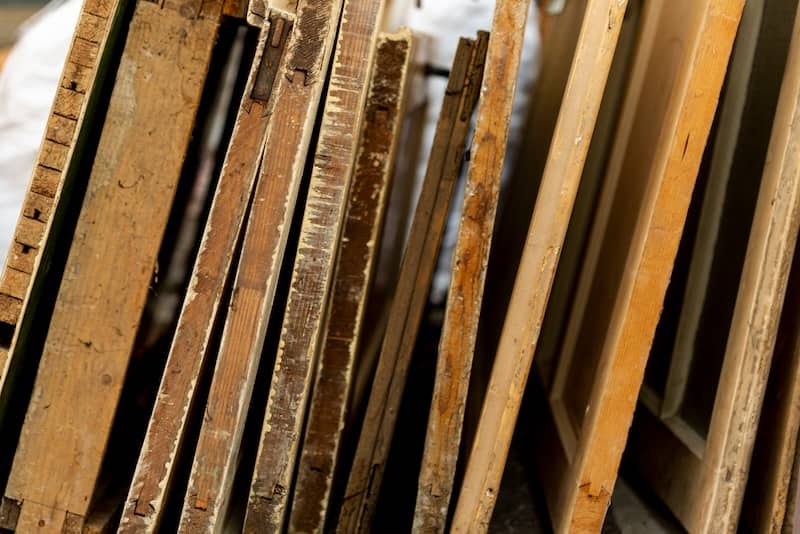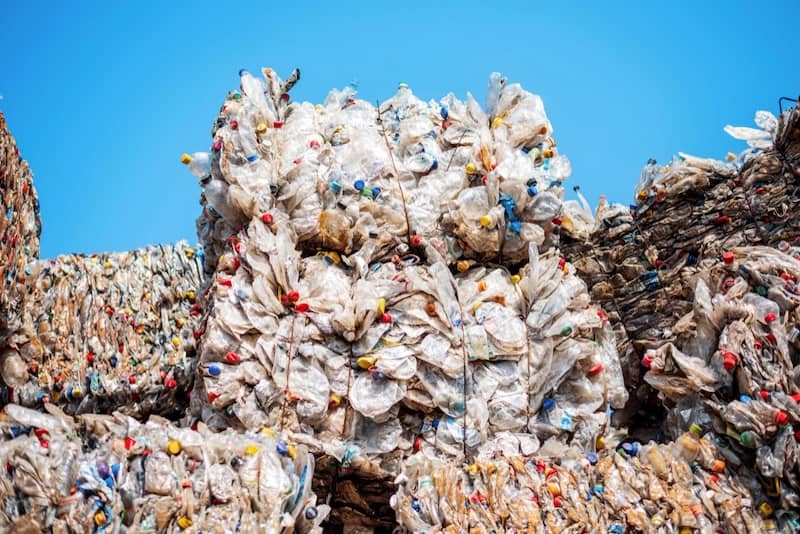It’s a rough estimate, but the World Business Council for Sustainable Development says over 1 billion tires reach the end of their road-worthy lives annually. With some quick division, one can conclude that almost three million tires every day need proper disposal to keep tires from stockpiling in landfills.
Enter tire shredders.
Tire shredders process hundreds of tires per hour, helping manage this incredibly large amount of waste. They are to tire recyclers, what pvc pipe is to plumbers. Without it, nothing would make it through the system to the other side. In tire recycling, shredders break down tires for reuse. Smaller pieces find new life in construction, sports surfaces, and asphalt production.
Keeping tire shredders going is one of the primary jobs of any tire recycling plant. However, even the best tire recycling equipment on the market, such as ECO Green’s line of single and double shaft shredders, require some basic maintenance.
The following is a simple yet all-encompassing checklist to maintain efficient, safe, and profitable tire shredding machines after a day of shredding tires:
1. Remove Leftover Tire Scraps
Sometimes, after being powered down, a tire shredding machine will still have some half-digested tire scraps bouncing around in it. Before doing any other maintenance, it’s best practice to remove these leftovers. They can obscure your ability to see loose screws and clog the machines when starting them back up.
2. Check the Tool Screws
The tool screw attaches the tire-biting blades to the rotating shaft. They are one of the most likely parts to come loose because the blades are changed regularly, and they are under significant strain as they chew through the tires. Tightening them as needed can prevent costly downtime.
3. Allow Ventilation
Airflow encourages the heat dissipation. Tire shredder motors work hard ripping apart rubber tires fortified with steel and fiber. Letting the motor cool down will prolong its life.
4. Test Sharpness
The blades should be inspected frequently to identify when dulling occurs. Blunt blades can cause avoidable damage to other components and slow down tire processing.
5. Replace Dull Blades
The instructions for how to replace the blades in your equipment should come from the equipment manufacturer. You can usually choose different blade placement depending on how fine or coarse you want the resulting tire scraps to be.
6. Lubricate Bearings
Almost all big machinery has bearings, and almost all bearings require regular lubrication. Lubrication may not need to be done daily, but at least every week or so. How long bearings stay adequately lubricated depends on use time, the age of the bearings, and the surrounding environmental conditions.
7. Clean the Area
Removing dust, vagrant tire scrapes, old screws, and other junk from around the tire shredder guarantee a safe working environment. It also helps the engine stay in good condition.
8. Secure the Shredder
While grinding through tires, shedders can vibrate. Make sure the bolts securing the shredder to the floor are firmly tightened to reduce energy lost through vibration and avoid the worst-case scenario of the shredder moving position.
9. Adjust the Belt
The conveyor belt that takes tire shreds away from the bottom of the shredder can become slack over time as its rubber pieces rain down. Like the blade replacements, it will only need adjusting periodically, but a regular check will help ensure timely maintenance. It’s best to be on top of these issues than play catch-up when things go wrong.
And that’s that. With all checks in place, your tire shredders are ready for another day of hard labor while you sit back and reap the rewards.
A nine-step checklist might seem excessive, but many of the above steps take less than 30 seconds to complete. Altogether it shouldn’t take more than 10 minutes. Insist on regular maintenance to repay your investment in quality equipment with profitable recycled tire output.
Do I need to maintain a new tire shredder?
Have you just purchased a tire shredding machine? Maybe you’ve upgraded to ECO Green’s Giant, a two-shaft, 30,000 lb. hunk of tire crushing art. Many shredders will work well when they are new. To ensure the longevity of your machinery, start regular maintenance as soon as they are placed in service. This will get you or your employees in the rhythm of performing regular checks. If something goes wrong, you know how things should look and function.
Maintenance checks keep tire shredder equipment operating at its ultimate capacity. They will run more smoothly, workers will be in a safer environment, and fewer stalls will occur in the tire recycling line. This transfers to increased productivity and profit potential. If the bottom line isn’t your sole motivation, remember shredder maintenance helps reduce the amount of tire waste in the environment.




